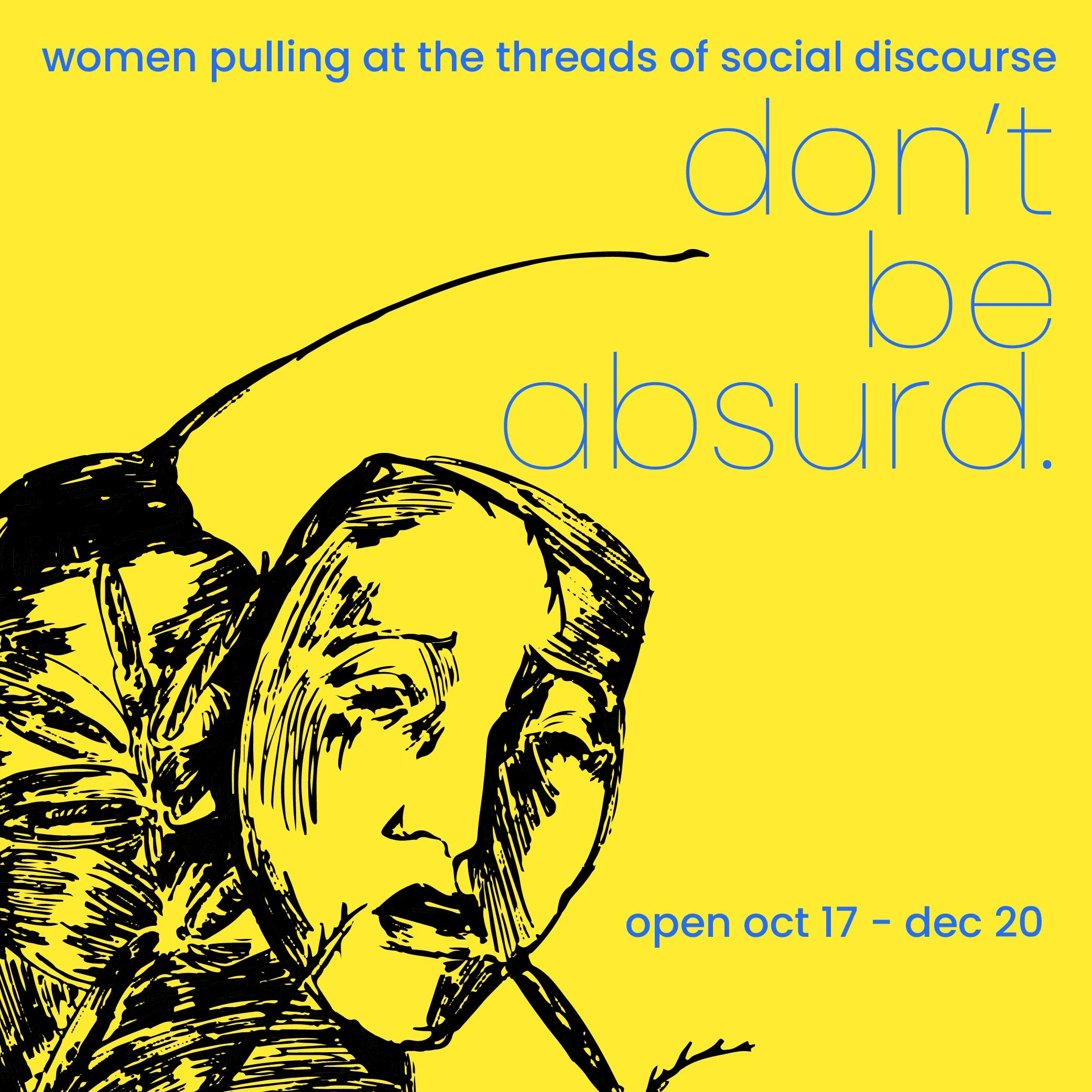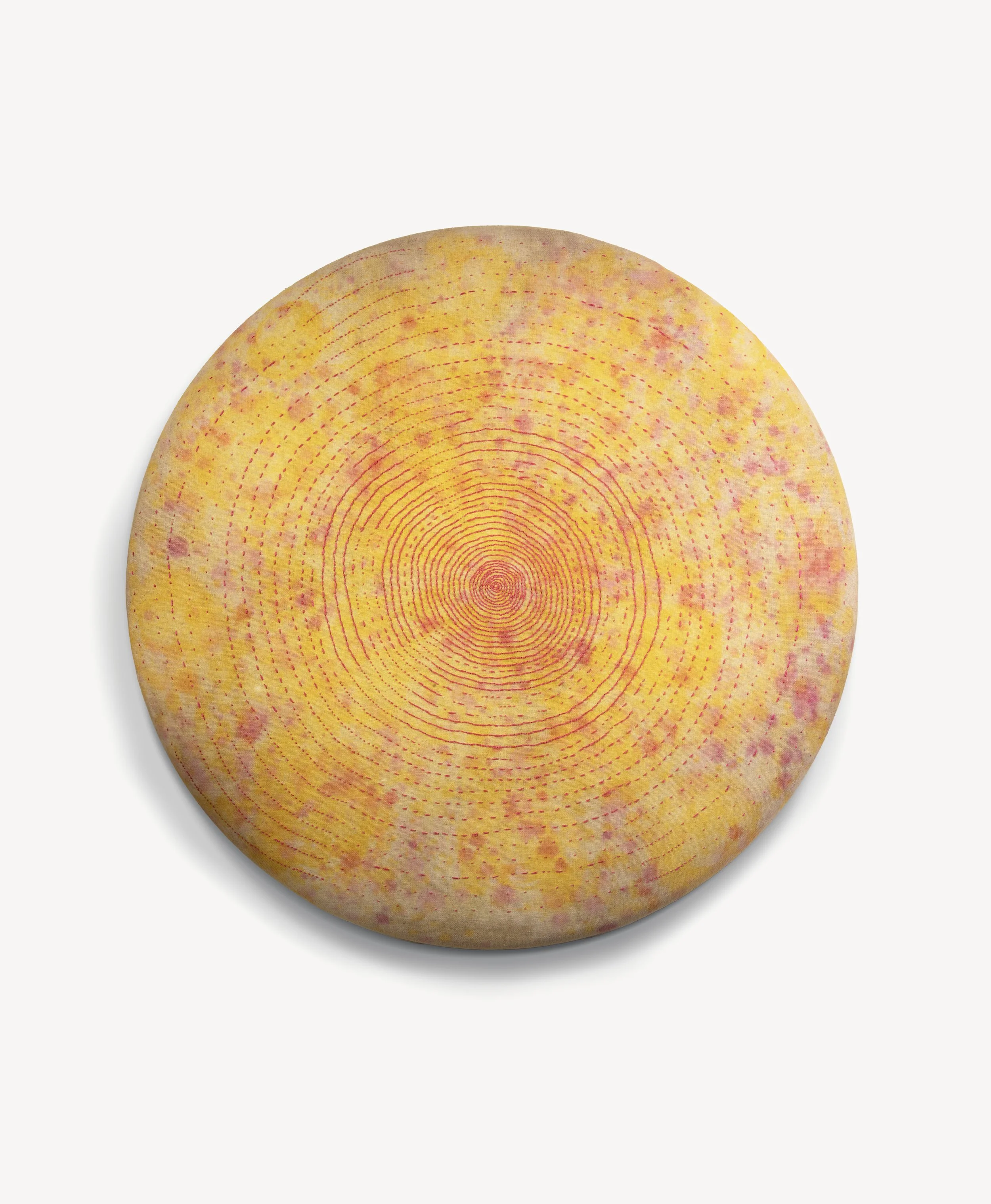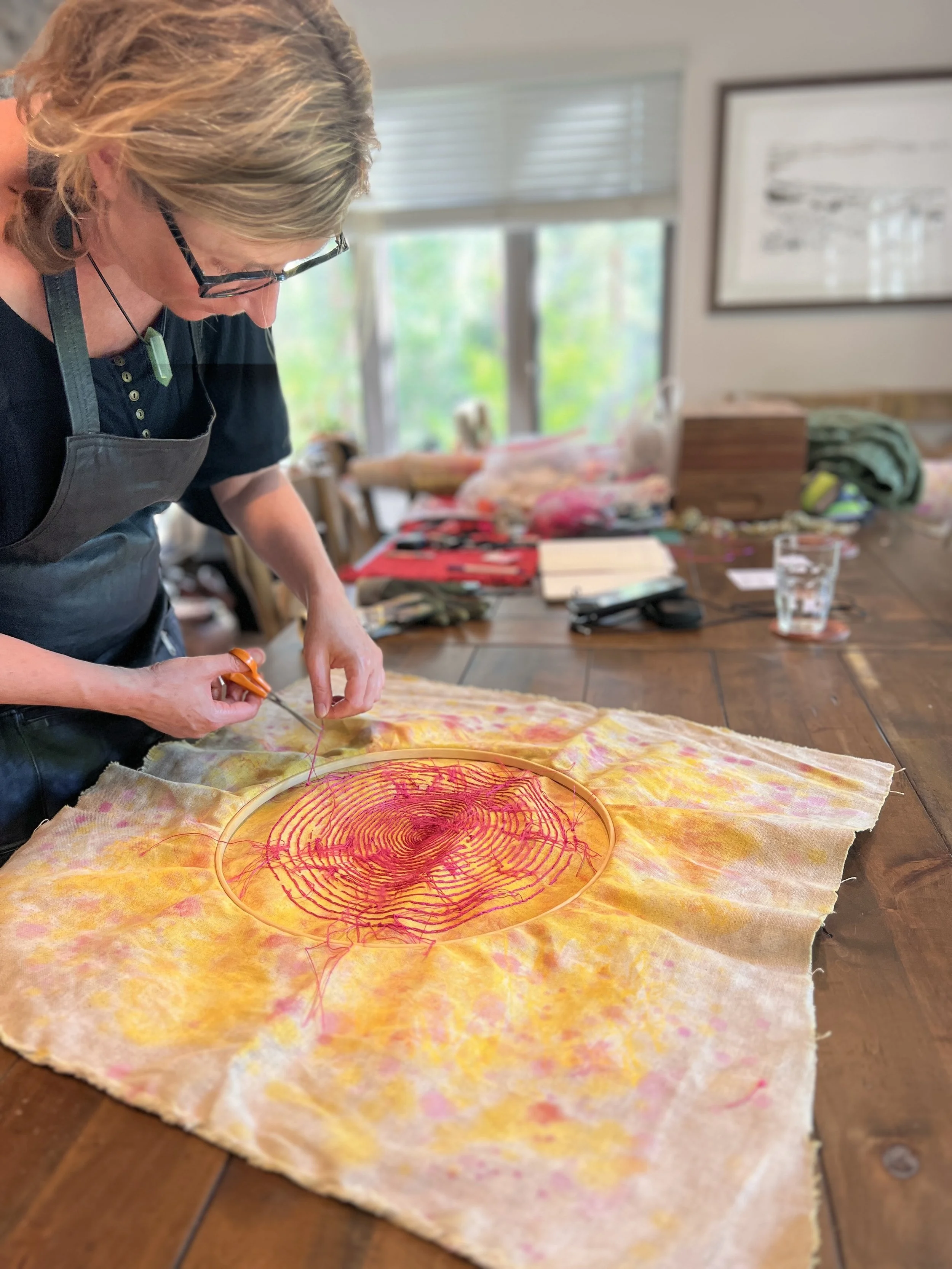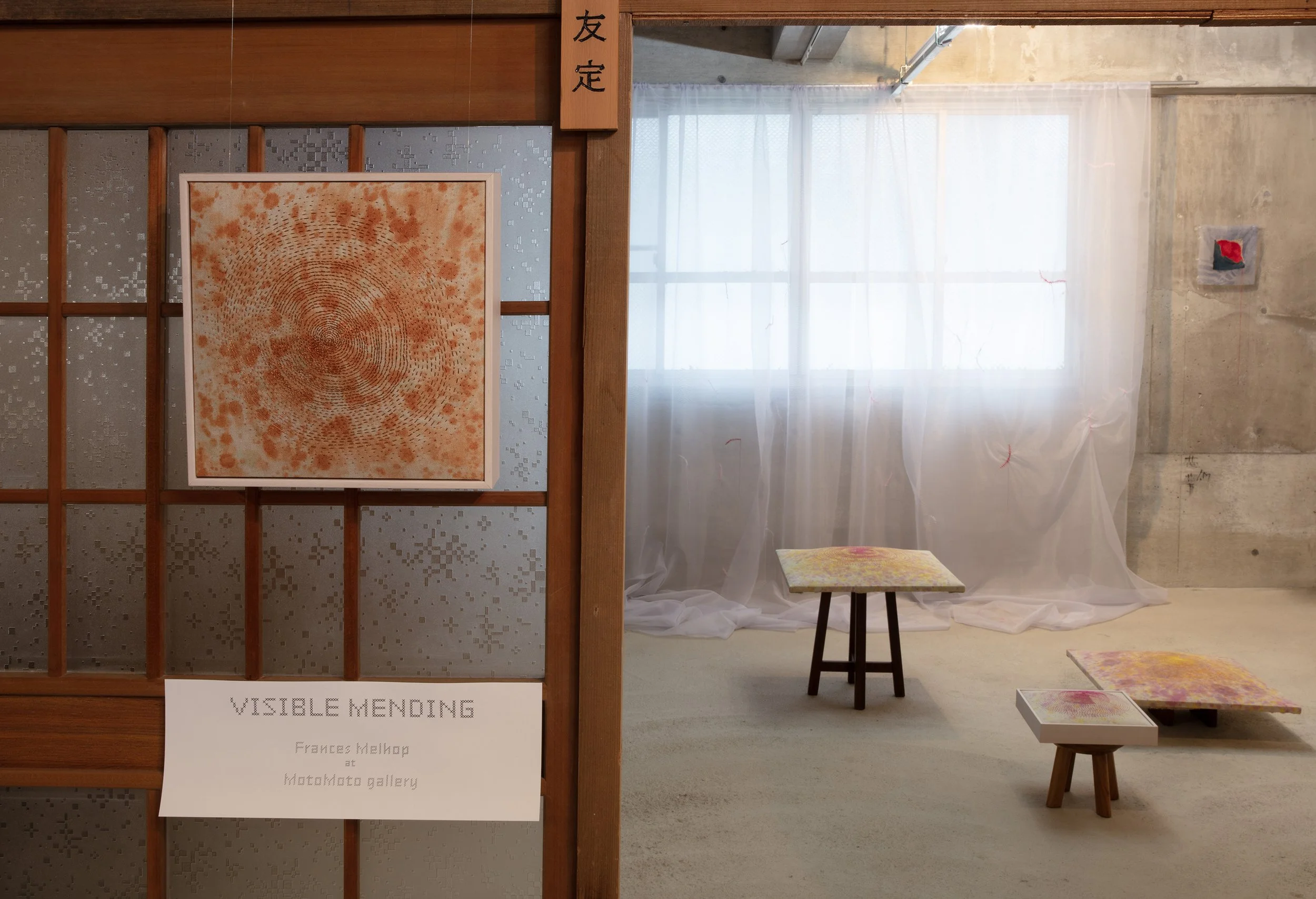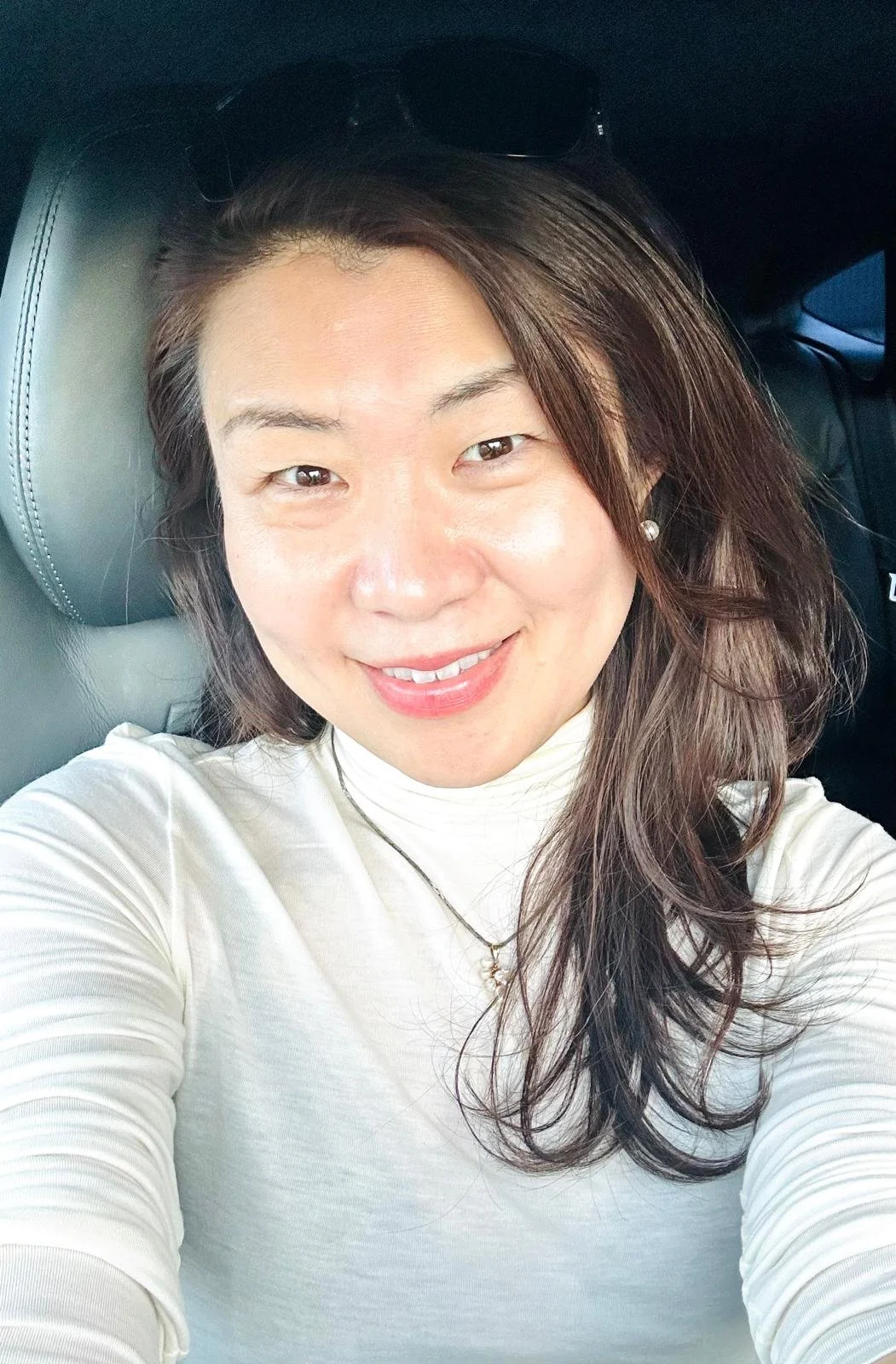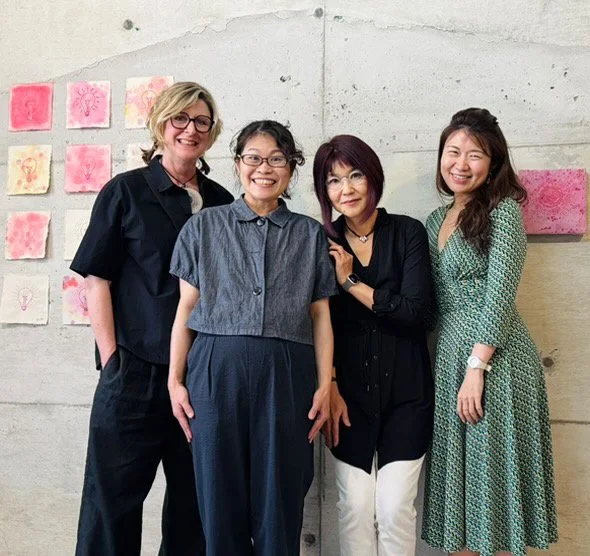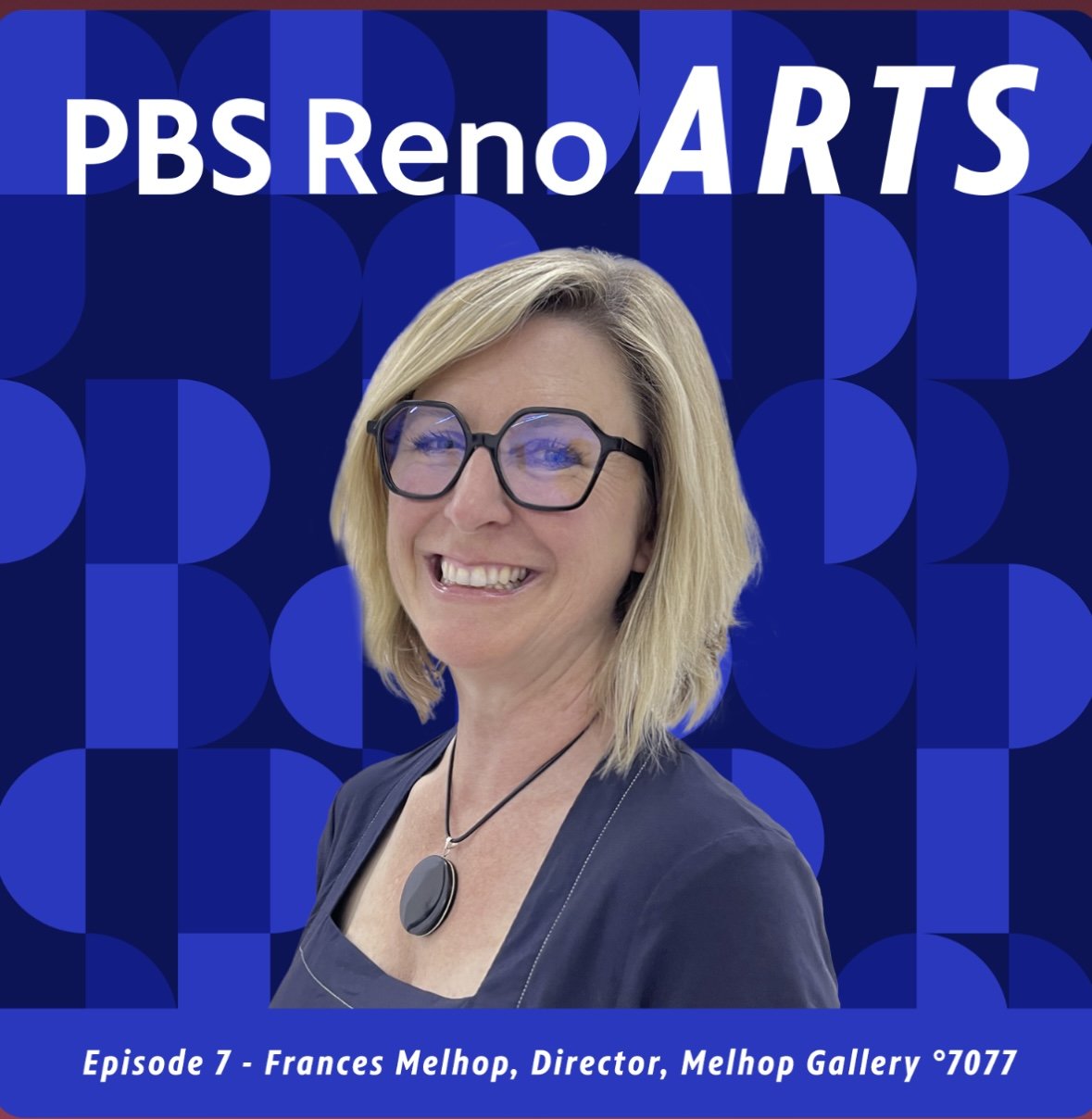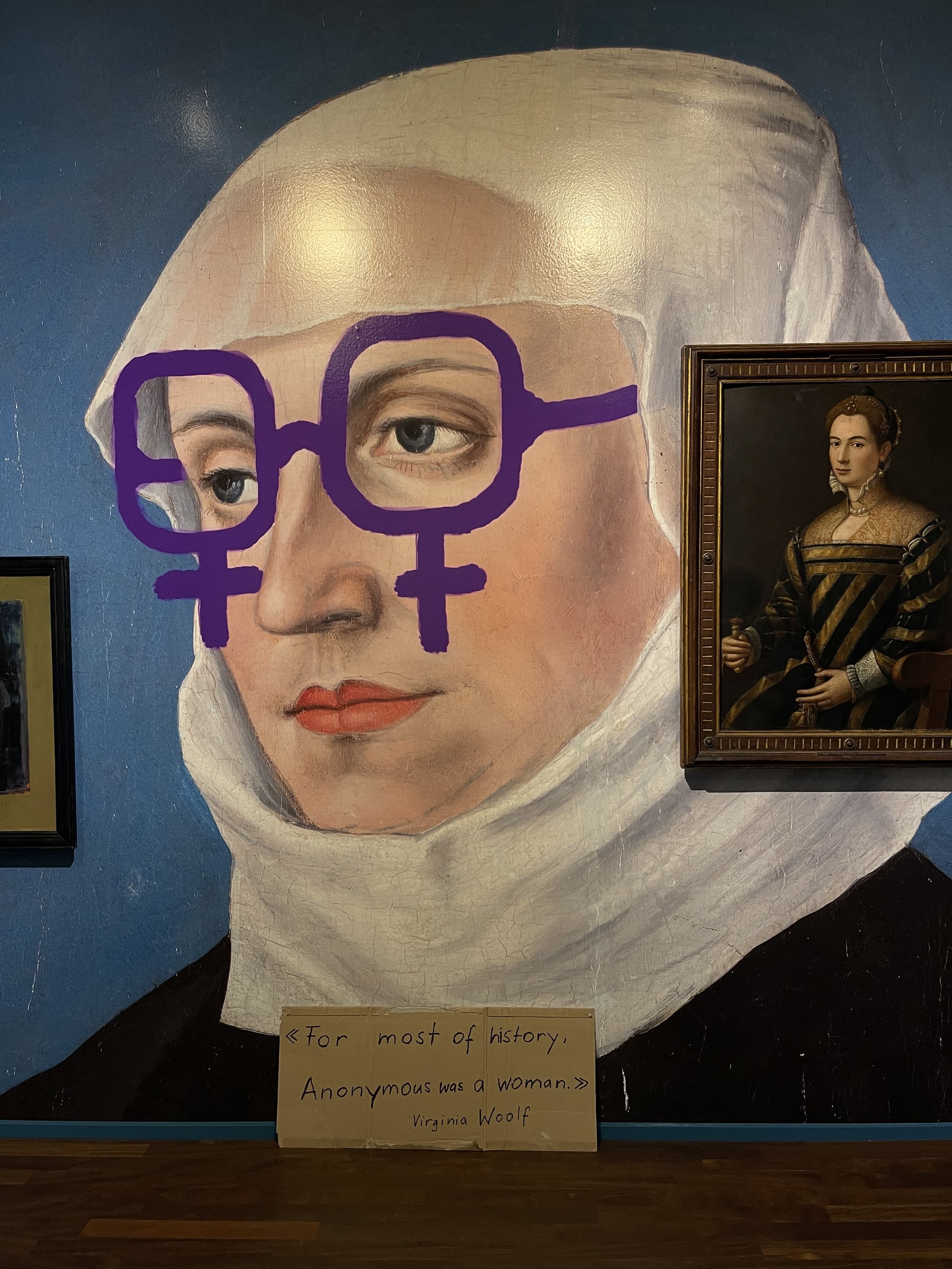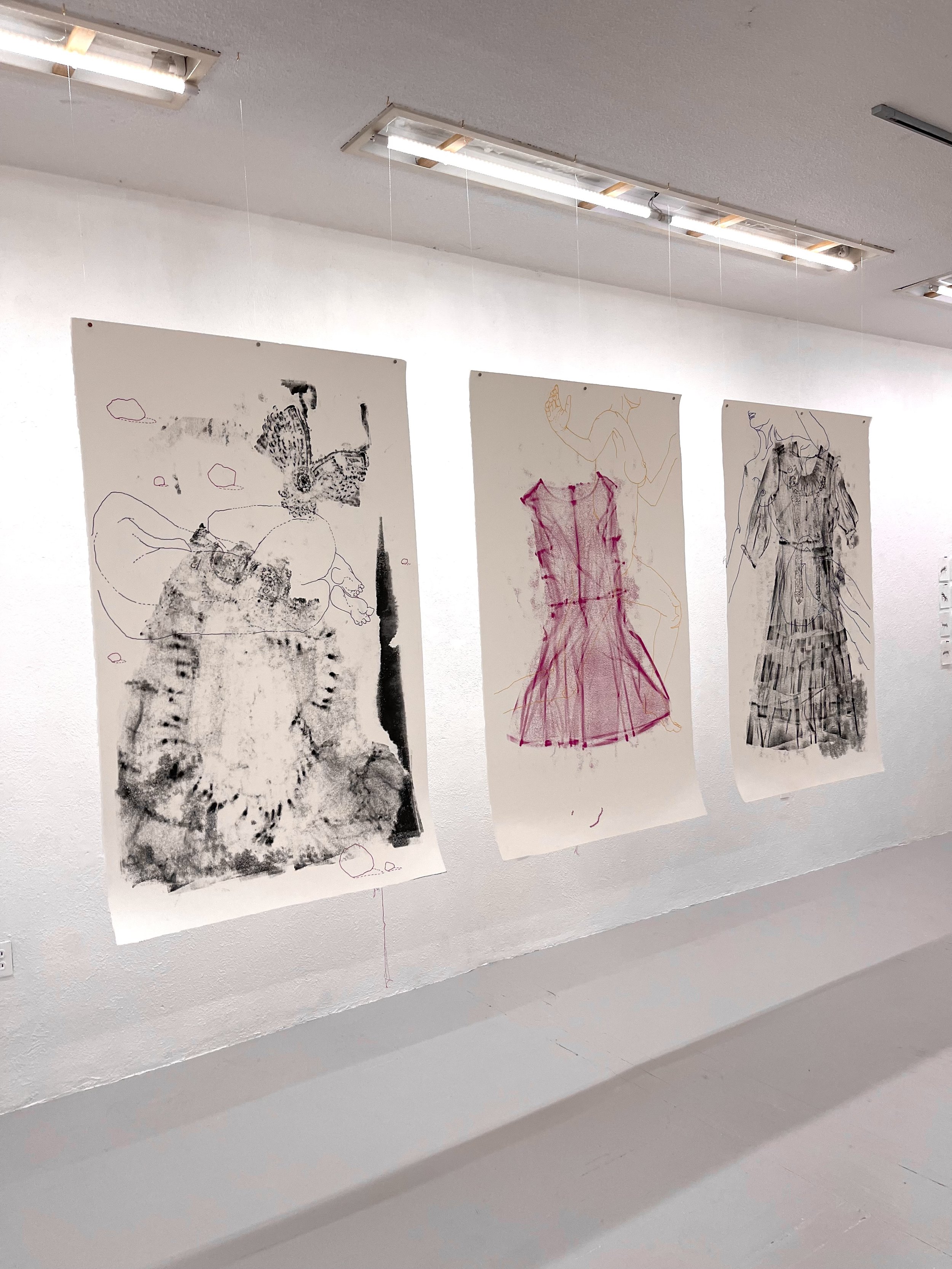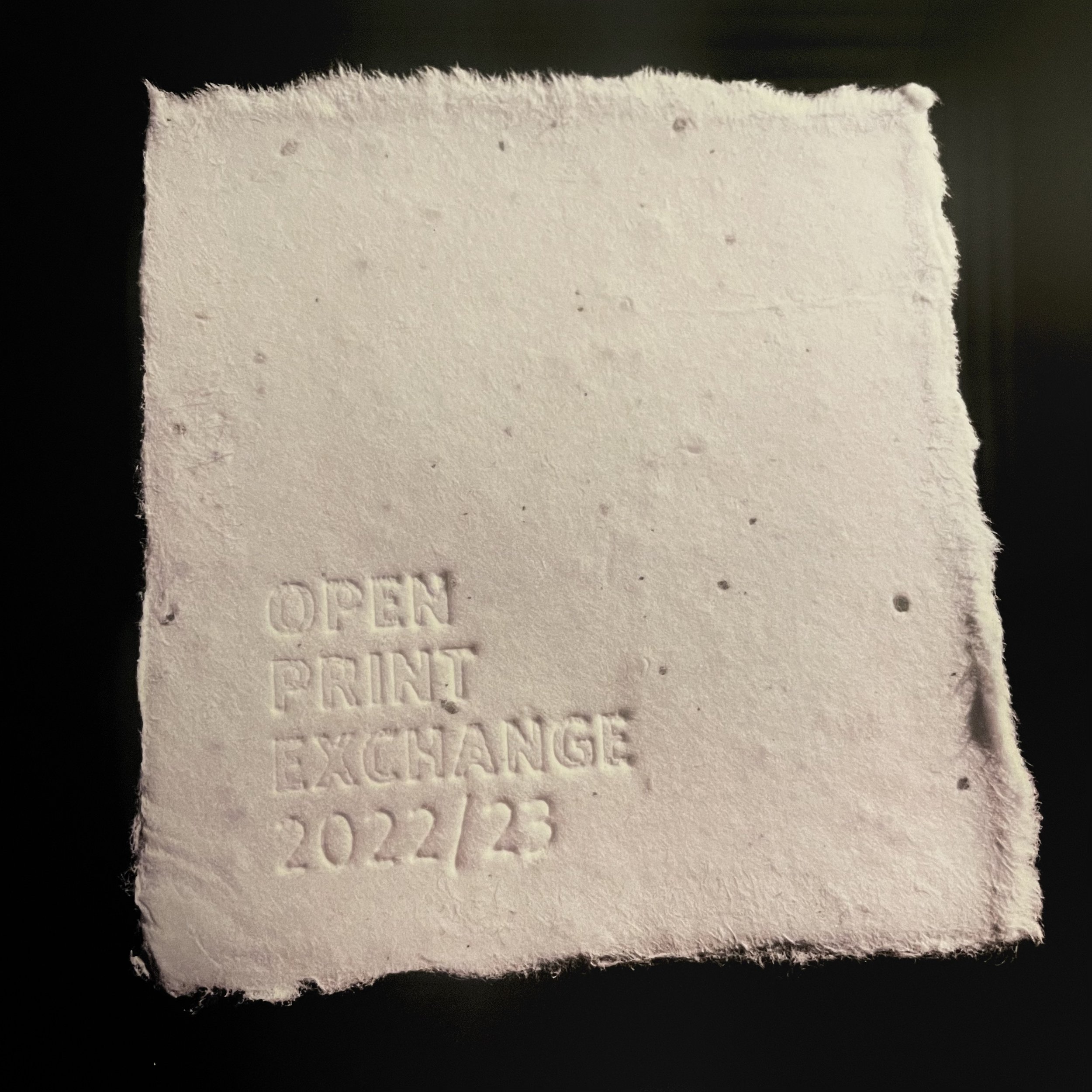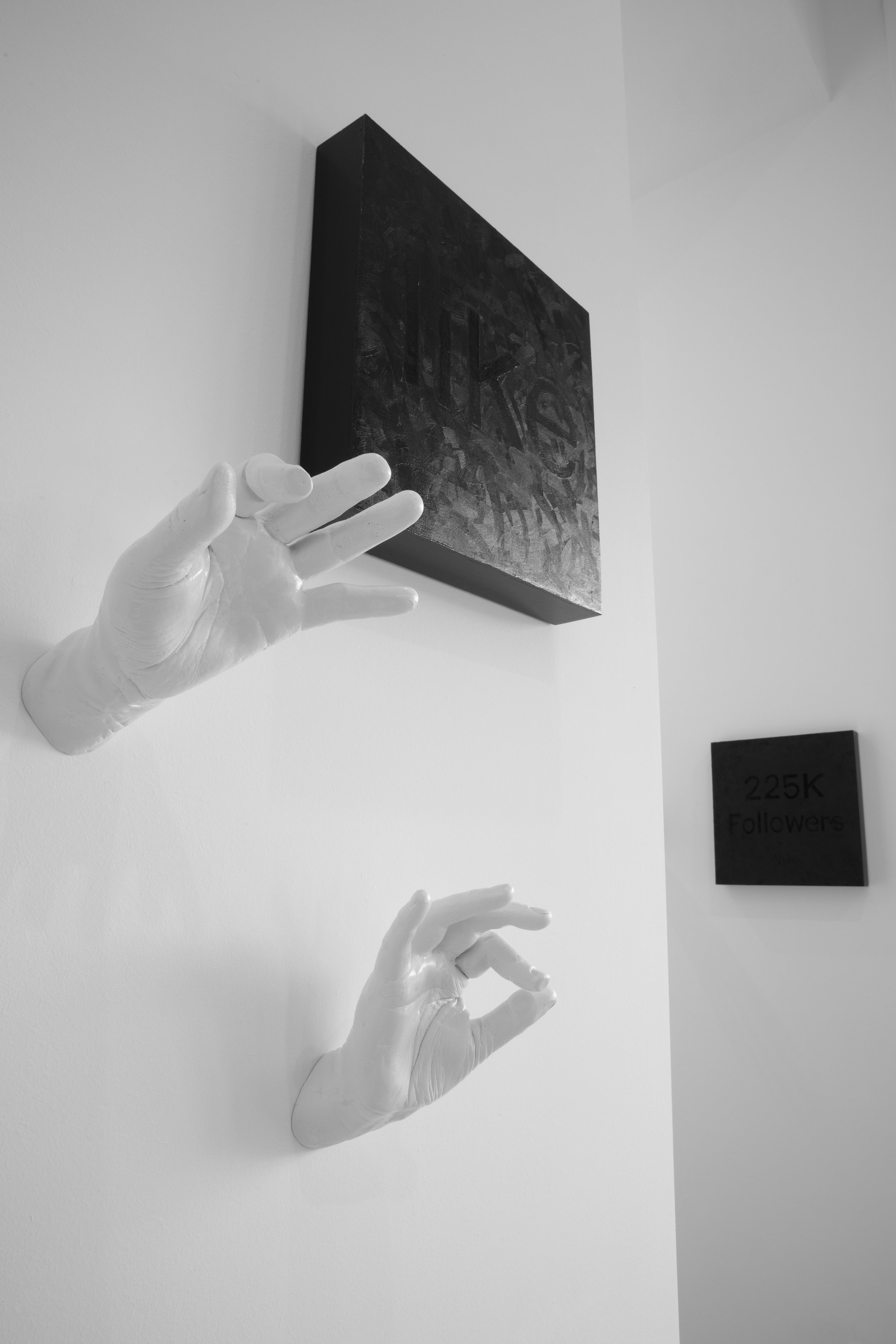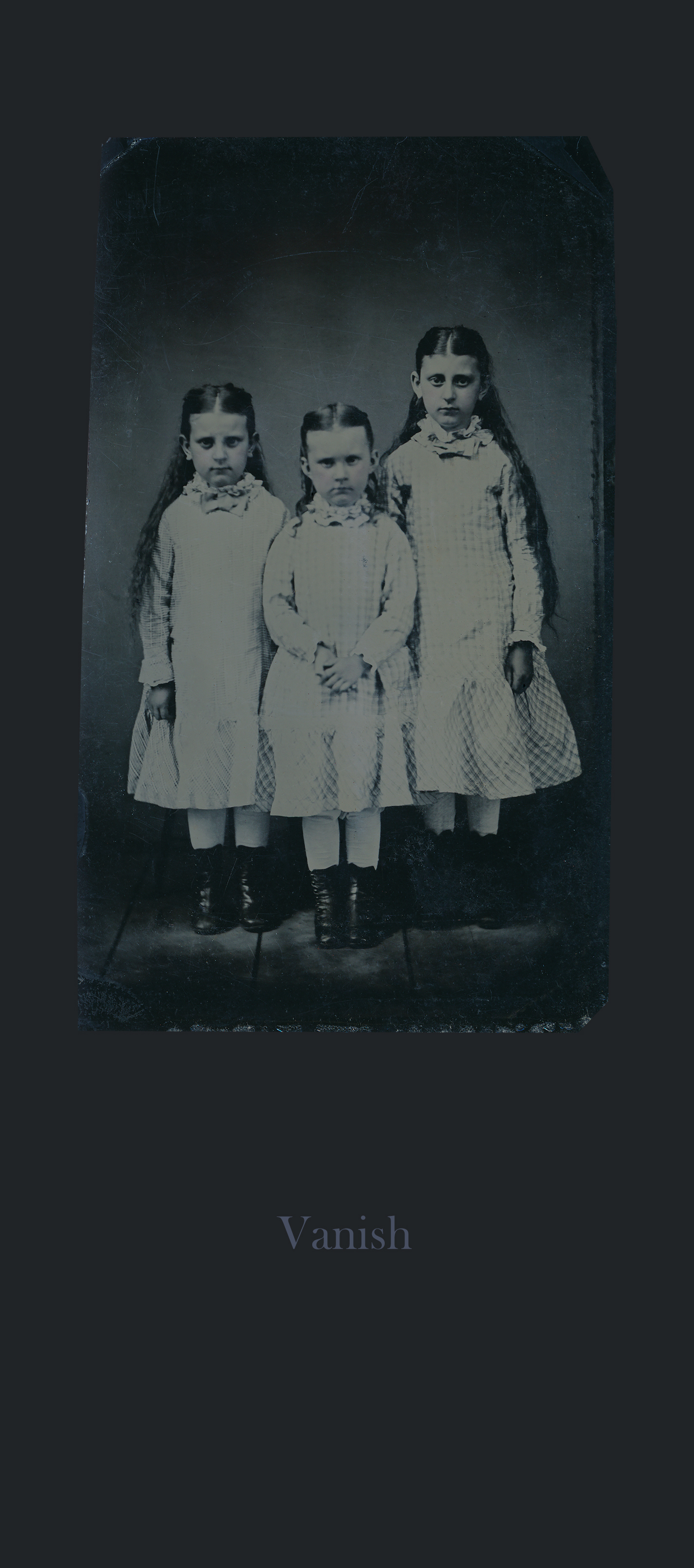I am super excited to announce that my work,
Some Days Are Better Than Others will appear in:
WOMEN PULLING AT THE THREADS OF SOCIAL DISCOURSE: DON’T BE ABSURD exhibition at the CAMP Gallery in Miami.
📅 October 17 – December 20, 2025
The Contemporary Art Modern Project presents the 7th edition of its annual exhibition exploring how women use fiber to challenge and reshape cultural narratives.
Over 100 years after Kierkegaard sparked Existentialism, artists continue to question meaning through material, gesture, and thread.
This fall, Women Pulling at the Threads of Social Discourse: Don’t Be Absurd brings together women and fiber artists reinterpreting the writings of Camus, Kafka, and de Beauvoir — weaving Absurdism into circular forms that challenge the boundaries of reason and art.
Opening reception on October 17 at 6 PM, followed by a series of artist talks, workshops, and in-gallery conversations throughout the exhibition run.
📍 The Camp Gallery
791–793 NE 125th St, North Miami, FL
MY RESPONSE TO ABSURDISM IN LITERATURE
“All Men Are Mortal” by Simone de Beauvoir is the writing I am more familiar with, I felt like it applied to my work and the things I am currently working on. What often feels futile, incrementally builds up and becomes something beautiful. In this book Raymond Fosca becomes immortal and eventually tries to find a reason for living…his own existential crisis. Having no end made things feel purposeless, with no deadlines, motivation or reason….He loses everything….as everyone meaningful to him dies and he must carry on.
My current work is a kind of mapping of time or of a life. It consists of a spiral that ends as the fabric substrate is full. De Beauvoir’s point is that a human life is finite, and it is that limitation that helps us find meaningful things to do with our lives.
While creating the Timekeeper series, I have been thinking about the cyclical nature of time.
TIMEKEEPER ARTIST STATEMENT
The Timekeeper series hovers between embroidery, painting, drawing, and soft sculpture—each one a spiral quietly tracing time and memory. The spiral becomes a visual mantra, embodying the existential dilemma and delight of living within unstoppable time: its relentless forward motion, its circling returns, and our deeply human impulse to mark its passage.
Stitch by stitch, the spiral grows outward from a central origin, echoing the cyclical nature of life and the quiet energy spirals produce. Like the rings in a tree trunk, each line of stitching maps time, emotion, and experience—capturing heartbreaks, joys, injuries, revisited again and again as the stitch line returns on itself while persistently moving forward. The humanness of each sometimes-wonky stitch is intentional, a mark of presence and vulnerability. They are records of lived time.
Gardens of layered oil paint lie beneath the embroidered stitches on the linen substrate, while hidden Morse code messages whisper from within the stitches—emitting secret transmissions, an archive of invisible information embedded in the work. These messages are not always meant to be decoded, but rather felt, like a pulse or breath.
With each Timekeeper, I focus on the journey of the stitch, the act of marking time, the intimacy of repetition. What may appear futile becomes, instead, a meditation, where imperfection and process animate each spiral, giving it an energy of its own.
SOME WORDS ABOUT: Some Days Are Better Than Others
The piece I made for this exhibition at CAMP gallery is based on a general feeling of existential crisis and finding meaning in what we do in the limited time available. The slow process feeds back into my own interests in tactile art practice, how we experience the world and reversing out of the digital world and screens that draw us in and homogenize us.
Storytelling has always existed within my work,..... from my earlier career as an editorial fashion photographer, to my life now as an artist, educator, curator and gallery director, I have always needed a story to make doing something worthwhile. There needs to be some sort of significant meaning embedded in all the work.
I am inspired by the natural world, and also by urban environments that grow interesting through the accumulation of people and their marks on it, - by why people are compelled to make art, by images and things that raise questions, by unusual thinking … by artists’ changes of directions and following their why….
I think this is why I particularly like this exhibition premise…. It is not static
